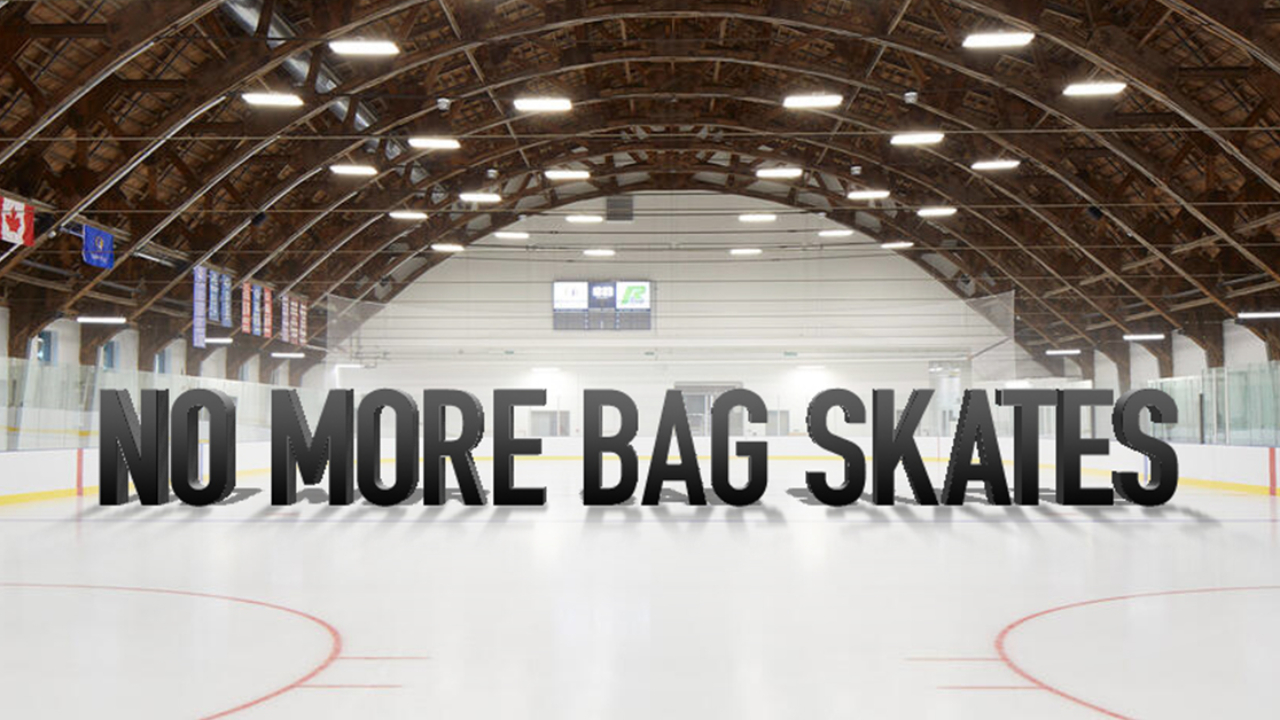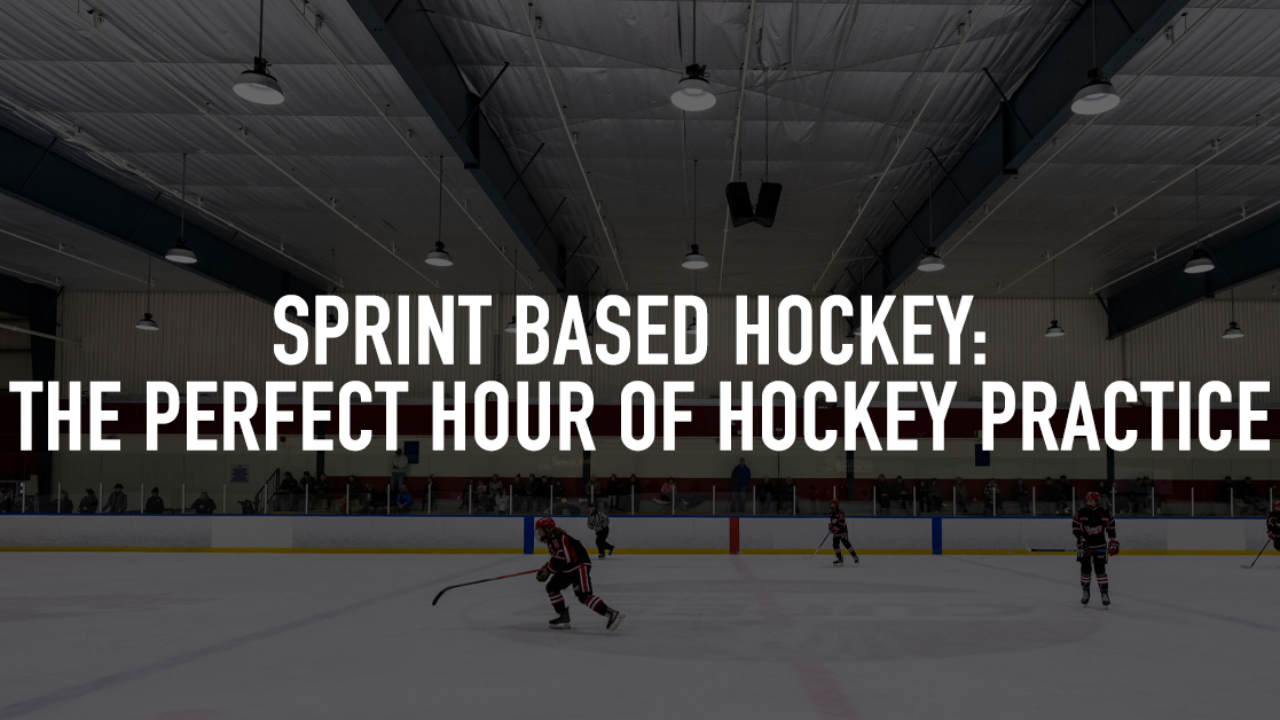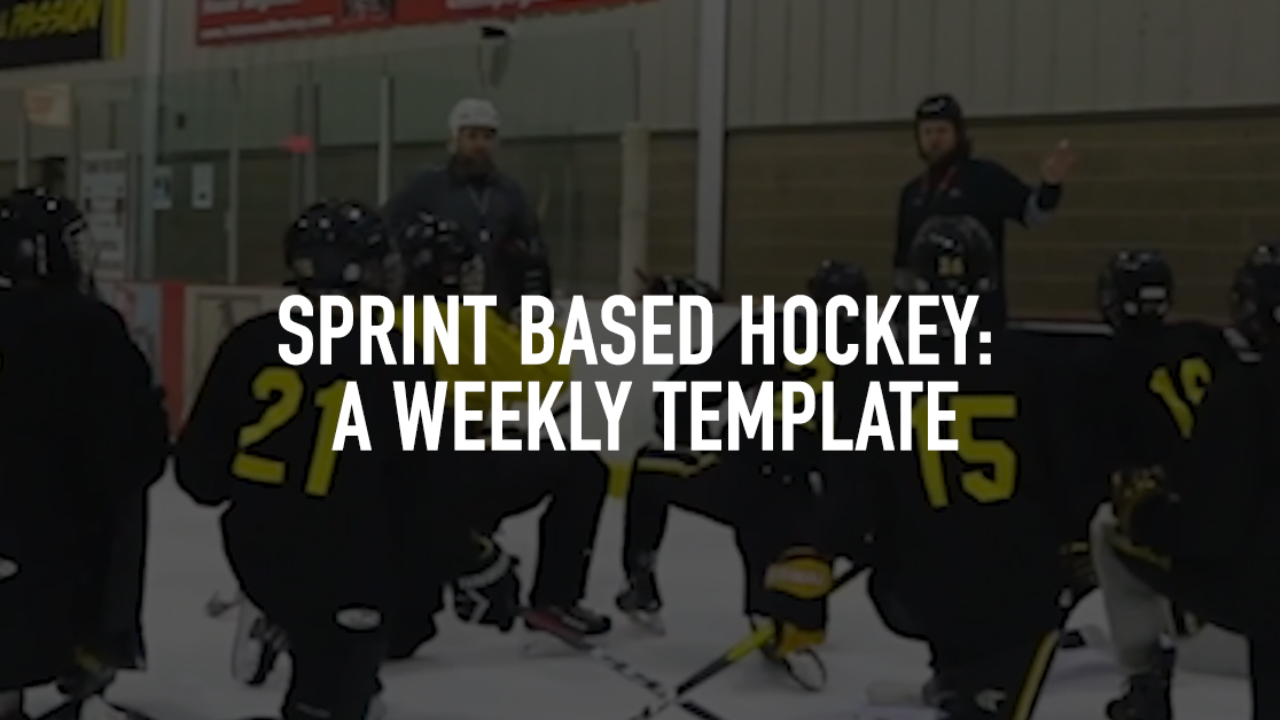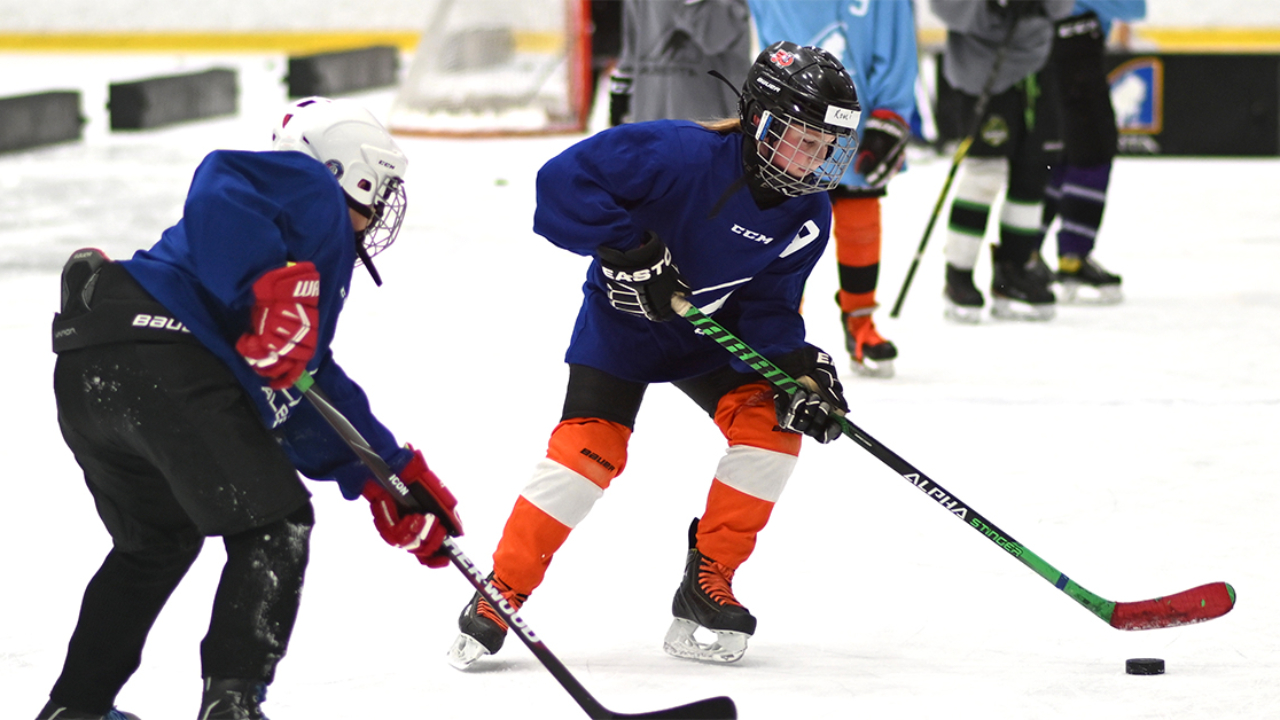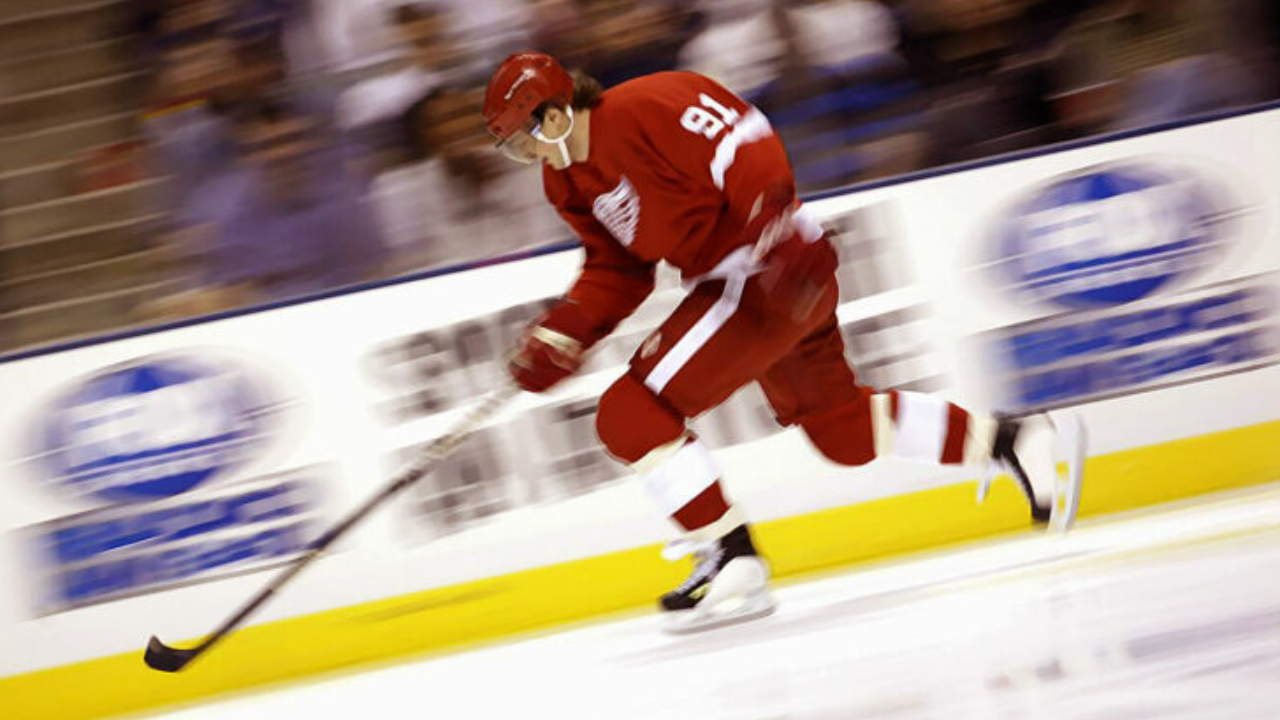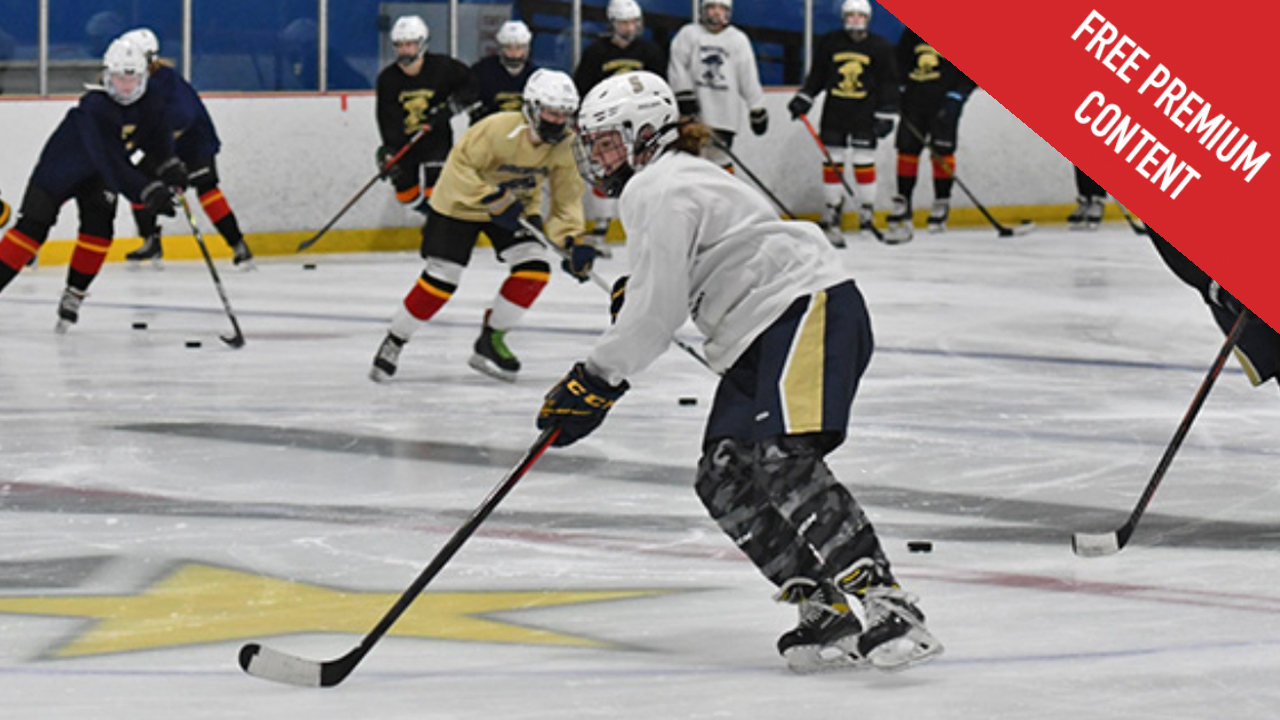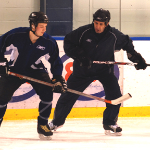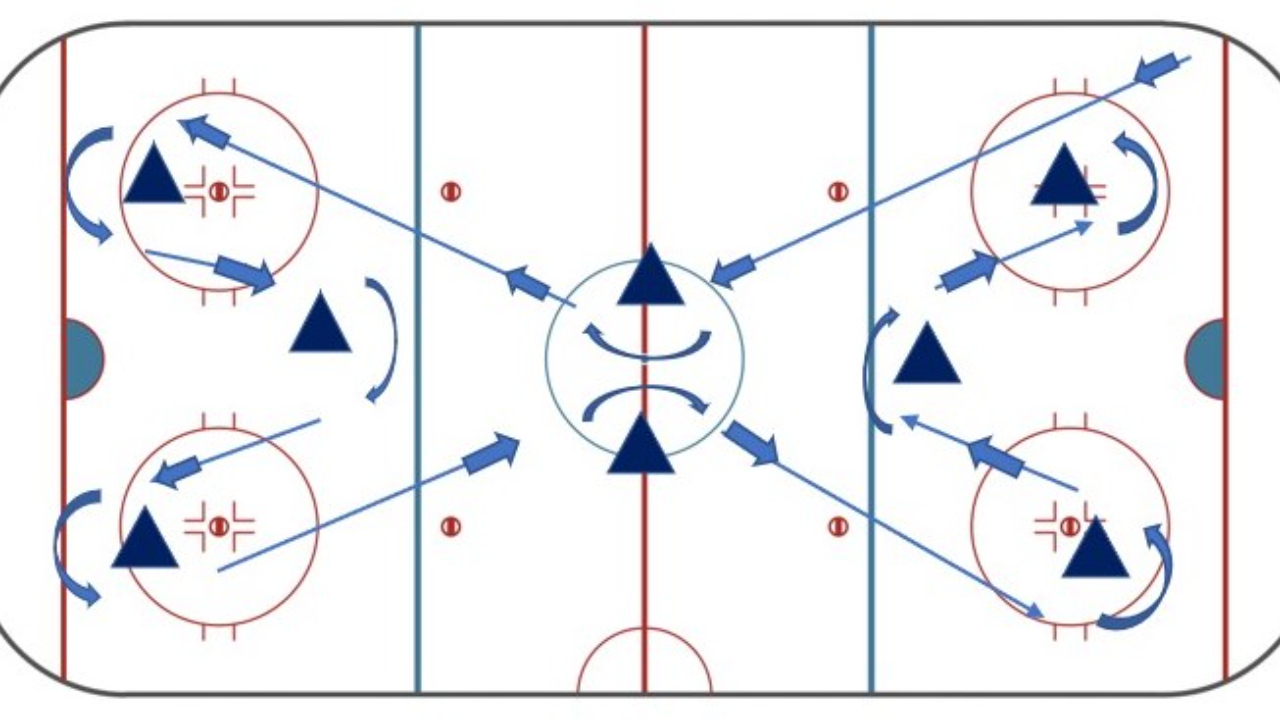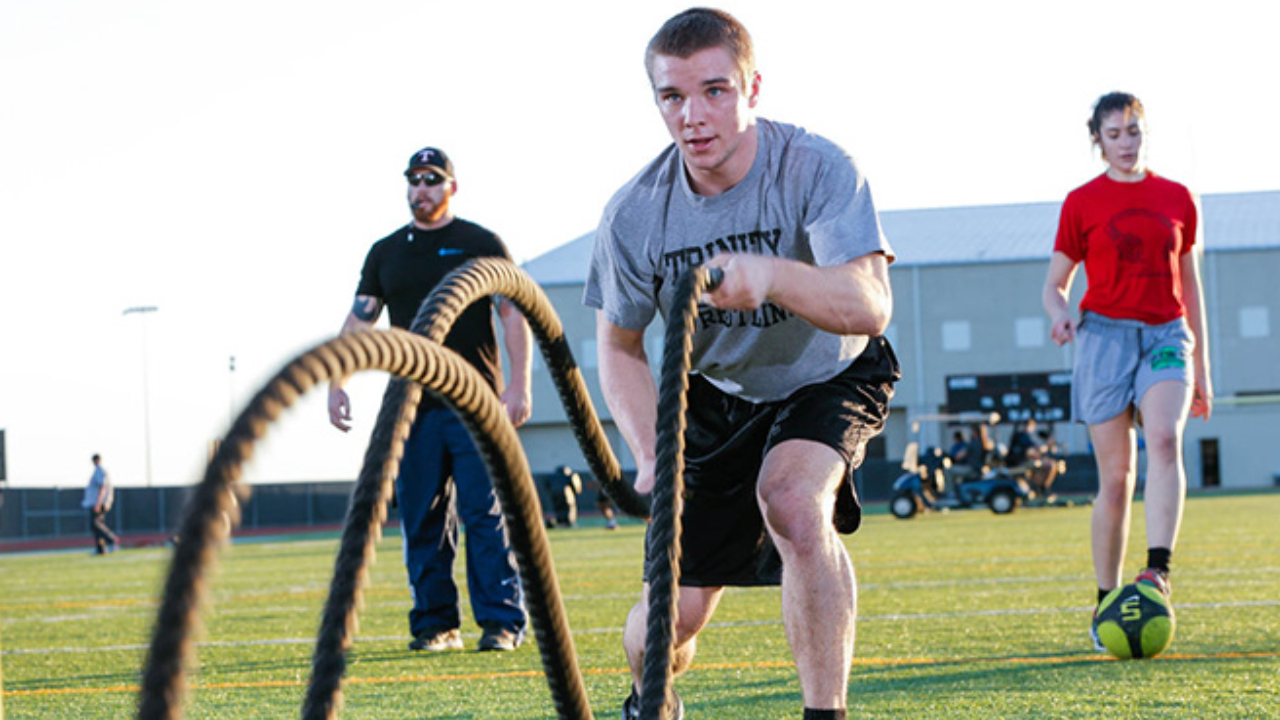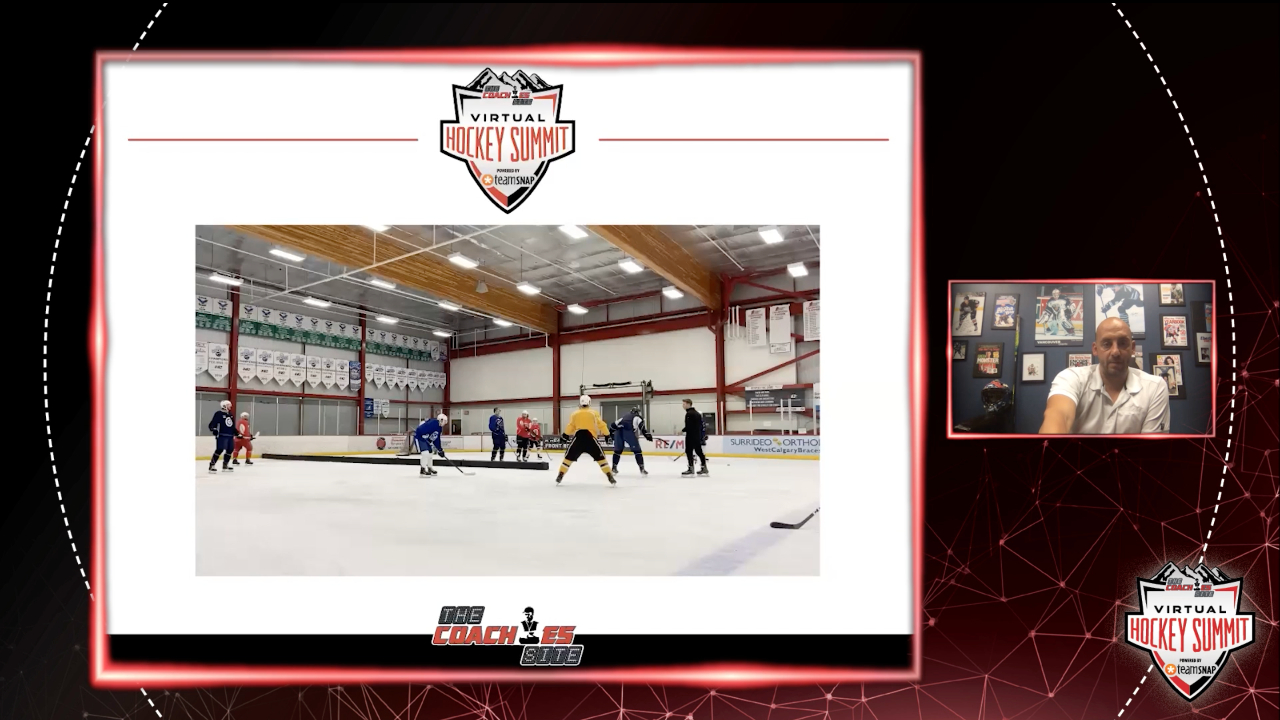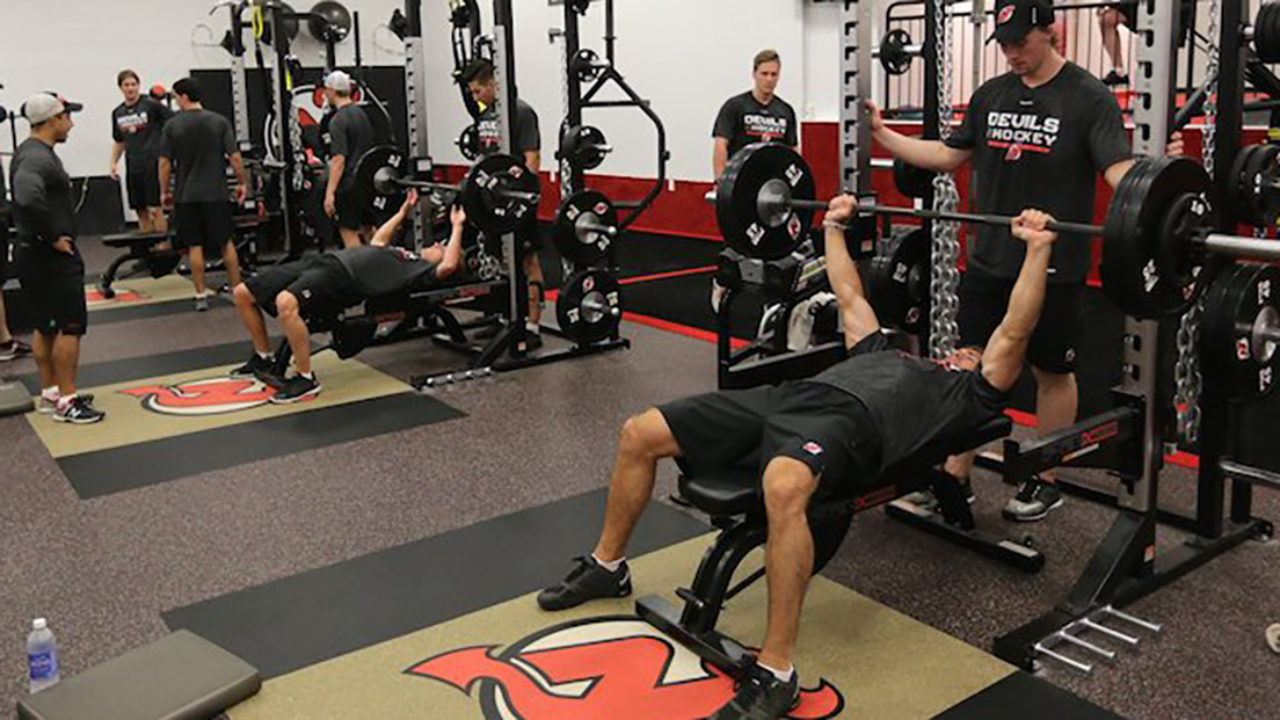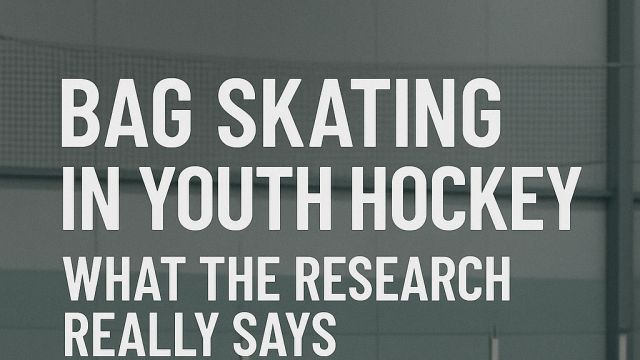
Bag Skating in Youth Hockey: What the Research Really Says
What Is Bag Skating?
Bag skating (also called “herbies,” “suicides,” or “killers”) involves intense skating sprints back and forth across the ice without pucks—like skating from the goal line to the blue line and back, over and over. Coaches often use these drills as punishment after losses, poor practices, or discipline problems.
The Big Question
Does bag skating actually work? Does it improve conditioning, build mental toughness, and develop better players? Or does it cause more harm than good?
|
The short answer: Research shows bag skating is largely ineffective and potentially harmful for youth hockey players. |
Physical Conditioning: Does It Work?
What the Research Shows
It doesn’t improve performance the way coaches think it does.
- Wrong type of training: Hockey shifts last 30-45 seconds. Bag skating drills often last much longer, building the wrong kind of endurance.
- Teaches bad habits: When players get exhausted, their skating form breaks down—less knee bend, poor posture, sloppy technique. They’re essentially practicing bad skating.
- Increases injury risk: Overuse without proper recovery leads to more injuries
- Better alternatives exist: Studies show that structured strength training, plyometrics, and game-like drills produce actual speed and agility improvements.
The Bottom Line
|
Sprints longer than 10-15 seconds reinforce poor form under fatigue without meaningful conditioning benefits. Players learn to skate slowly and inefficiently—the opposite of what hockey requires. |
Mental Impact: What Happens to Players?
The Psychological Research Is Clear
Studies on youth hockey players (ages 11-18) consistently show negative psychological effects:
What players experience:
- Shame, guilt, and embarrassment
- Fear of making mistakes
- Playing more hesitantly (afraid to take risks)
- Reduced self-confidence
- Thoughts about quitting hockey
- Damaged relationships with coaches
- Growing to hate conditioning and even the sport itself
What doesn’t happen:
- Long-term motivation improvement
- Better decision-making (exhausted brains can’t learn)
- Increased mental toughness (resentment isn’t resilience)
Youth Development Concerns
|
For young athletes still developing psychologically, punishment-based training can create lasting negative associations with physical activity and undermine their confidence during critical developmental years. |
Long-Term Player Development
What USA Hockey and Development Experts Say
USA Hockey’s American Development Model (ADM) and other long-term athlete development frameworks specifically discourage bag skating for youth players:
For younger players (ages 6-9):
- Their bodies aren’t developed enough for intense conditioning
- They have smaller energy stores and cardiovascular capacity
- Punishment drills are inefficient and potentially dangerous
For older youth (ages 9-16):
- Conditioning should happen through games and skill drills, not punishment
- Focus should be on fun, skill development, and motor learning
- Exhaustion interferes with learning new skills
|
The risk: Players who experience regular punishment conditioning are more likely to quit hockey. Every study found youth players who knew teammates who quit because of experiences like bag skating. |
Modern Coaching Practices
What Good Coaches Do Instead
Effective alternatives that actually work:
- Small-area games (like 3-on-3 in one zone) that build conditioning while practicing skills
- Full-ice transition drills that mimic game situations
- Functional strength training programs designed for hockey
- “Hidden conditioning” through fun, competitive drills
- Clear communication about effort expectations without punishment
When Bag Skating Might Be Acceptable
In rare cases with older, elite players, sprint work can be useful IF:
- It’s structured with proper work-to-rest ratios (like 45 seconds on, 2+ minutes rest)
- It mimics actual game shifts
- It’s about conditioning, not punishment
- Players understand the purpose
|
This is almost never appropriate for youth hockey. |
What Associations and Coaches Should Do
Recommendations Based on Research
For Hockey Associations:
- Update policies to discourage punishment-based conditioning
- Provide coach education on effective alternatives
- Emphasize age-appropriate training in coaching certifications
- Focus on player retention and enjoyment
For Coaches:
- Use positive, skill-focused discipline methods
- Build conditioning through game-like drills
- Provide clear feedback instead of punishment
- Make practice fun while maintaining standards
- Remember: exhausted players can’t learn
For Parents:
- Understand that punishment conditioning isn’t normal or necessary
- Support coaches who use positive, modern methods
- Speak up if punishment drills become excessive
The Bottom Line
Bag skating doesn’t work. Decades of research show it:
- Doesn’t improve hockey-specific conditioning
- Teaches poor skating mechanics
- Damages player motivation and confidence
- Increases injury risk
- Causes players to quit hockey
- Contradicts modern athlete development principles
|
The good news: Better methods exist that actually improve performance while keeping kids in the game they love. |
Key Takeaway
|
Modern hockey development is about building skilled, confident, resilient players who love the sport—not breaking them down with outdated punishment drills. |

